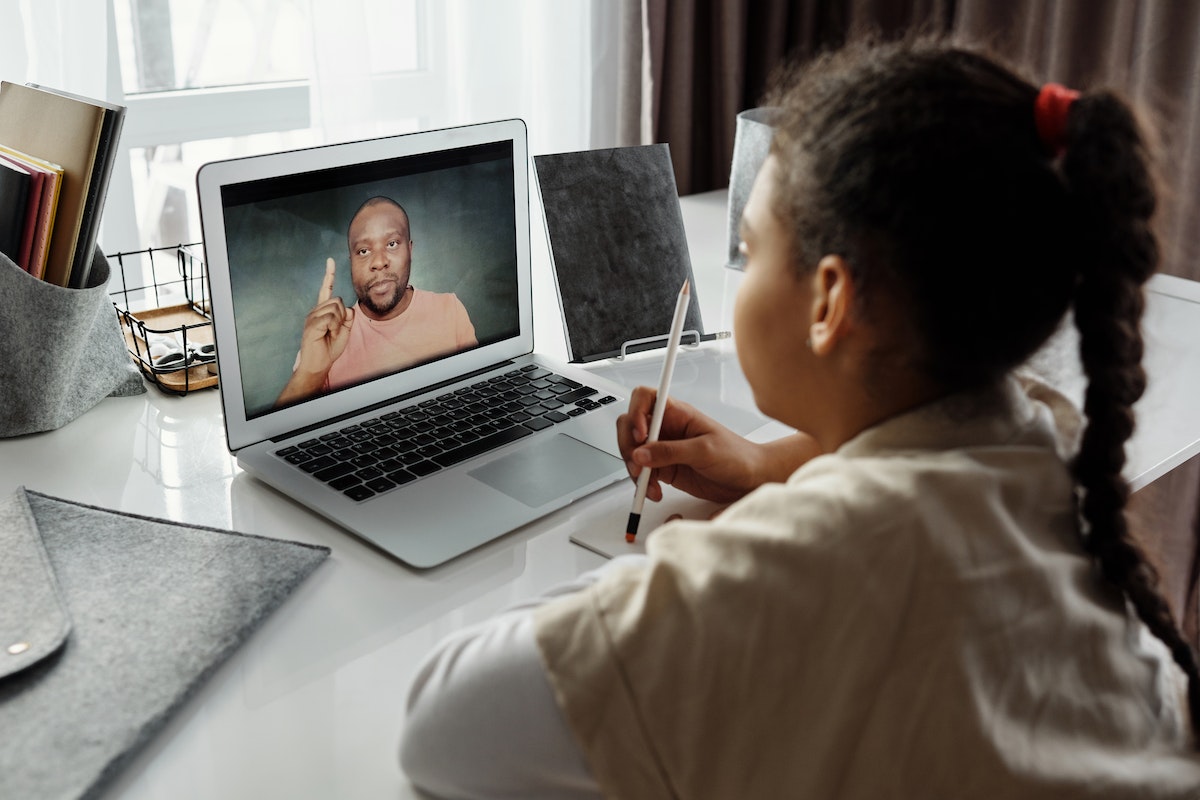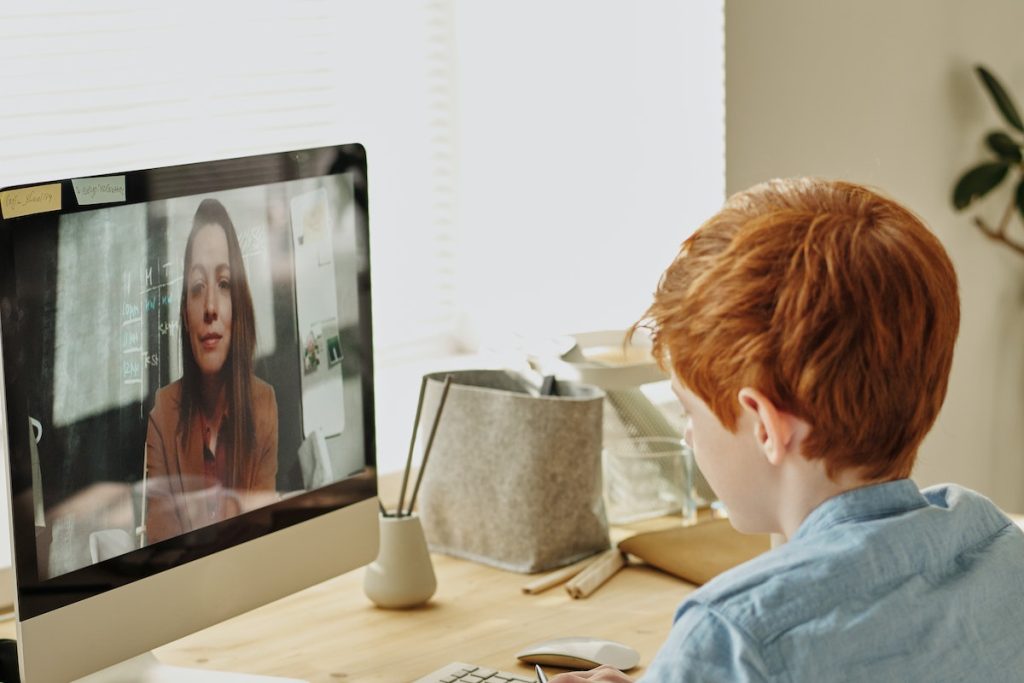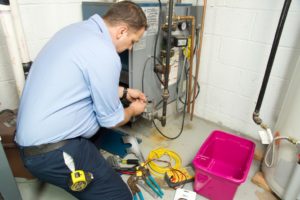- Homeschooling offers parents more control and flexibility in their child’s education.
- Online learning provides access to cutting-edge technology but can be expensive.
- Traditional classrooms provide expert instruction and social interactions.
- Private, public, and charter schools offer different benefits at varying costs.
- Hybrid learning combines online and traditional classroom settings to balance both effectively.
Education is essential for children, not only in terms of academic knowledge but also in developing critical skills for success. It helps them learn how to think critically and develop problem-solving skills. According to a study by the Organization for Economic Co-operation and Development (OECD), students who attend school consistently have higher literacy, numeracy, and science levels than those who don’t.
Moreover, a college degree has become increasingly important in today’s job market — 95% of all jobs created since 2010 required at least some college education, according to The Hamilton Project. College graduates usually earn more money over their lifetime than those without a degree; they are also less likely to be unemployed.
It is evident that children require education. However, the pandemic changed all that, with many schools forced to close and adapt. As a result, parents might struggle to decide what kind of education is best for their child.
Fortunately, there are several options available post-pandemic. Here are a few of them.
Homeschooling
Homeschooling has grown in popularity during the pandemic and remains a viable option for parents today. Homeschooling gives parents more control over their child’s education since they can choose the curriculum, set goals and expectations, and customize learning to their children’s abilities. It also allows for more flexibility in scheduling and activities and provides an environment free from bullying or other negative influences.
The downside of homeschooling is that it requires much time, energy, and commitment from parents and students. Parents must be willing to dedicate the necessary resources to provide their children with quality educational materials. At the same time, students must have the self-discipline to stay on top of their work without supervision or encouragement from a teacher.
Online Learning

Online learning is another option for parents post-pandemic, which allows students to learn from the comfort of their own homes. It provides more flexibility than traditional classrooms and can offer additional educational opportunities that would otherwise not be available. Online learning also gives students access to cutting-edge technologies such as virtual reality, robotics, and artificial intelligence.
However, online learning can be expensive and time-consuming — especially if a parent wants to pay for an accredited course or program. Additionally, it’s vital to ensure the material being taught is up-to-date and accurate, as some programs may be outdated or incomplete.
Traditional Classroom Setup

Traditional classrooms might have taken a hit during the pandemic, but vaccines and other safety protocols have made them a viable option again. Traditional classrooms offer the benefit of having an expert teacher to guide students through the material, along with social interactions and peer mentorship that can help students learn from each other.
Here are some of the options you have if your child needs a traditional classroom setting:
Private Schools
Private schools offer smaller class sizes and more individualized attention than public schools. However, they can be expensive, so weighing the cost with the benefits is crucial.
Public Schools
Public schools are generally free or low-cost and are backed by state funding. They also provide students with extracurricular activities such as sports, music, and drama classes.
Charter Schools
Charter schools are publicly funded but offer more flexibility than traditional public schools regarding curriculum and teaching methods. You can find an affordable charter school to fit your child’s needs, but it’s essential to research each school carefully.
Online Schools
Online learning is an excellent option for parents who want the convenience of homeschooling but need a more structured environment. Online schools are accredited so students can earn credits and diplomas like in traditional classrooms. Online learning is the adjustment traditional schools took, and it will be continued in many places post-pandemic.
Hybrid Learning
Hybrid learning is a combination of traditional classroom instruction and online education. This setup allows students to receive the benefits of both types of teaching, such as individualized attention in the classroom and flexibility with digital learning materials.
You can also combine hybrid learning with homeschooling, which gives you the best of both worlds. Students can have dedicated one-on-one time with their teacher in a traditional classroom setting and continue their self-directed learning from home.
Final Thoughts
No matter what type of education you decide is best for your child, keeping the lines of communication open and ensuring they get the support they need to succeed is essential. Your child can have a successful educational experience post-pandemic with proper guidance and support.



















